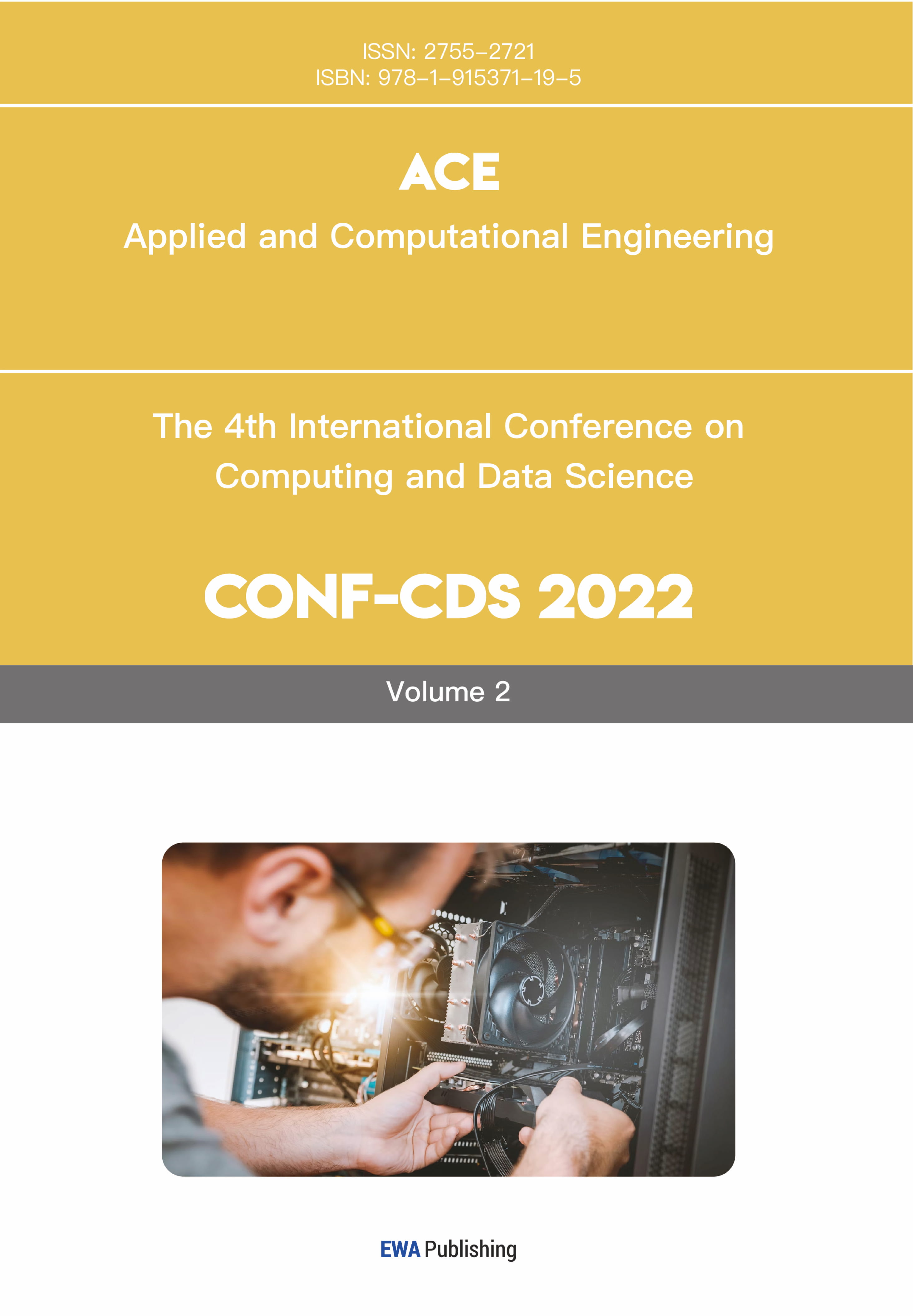References
[1]. Tsai, DC., Kuo, BH., Chen, HP. et al. (2023) Enhanced performance of proton exchange membrane fuel cells by Pt/carbon/antimony-doped tin dioxide triple-junction catalyst. Sci Rep 13, 23076.
[2]. Dalian Institute of Chemical Physics, Chinese Academy of Sciences. (2022). Relevant research achievements on PEMFC catalysts [Webpage]. Retrieved from https: //www.dicp.cas.cn/
[3]. Wang, Q. C. (2018). Research progress on carbon nanotube-based non-noble metal catalysts in electrocatalytic redox reactions. Chinese Journal of Inorganic Chemistry, 5, 807-822.
[4]. Zhang, W. J. (2023). Carbon-based oxygen reduction electrocatalysts: Mechanism study and porous structures. Chinese Journal of Catalysis, 5, 15-31.
[5]. Chen, R. (2024). In-situ construction of three-dimensional ordered self-supported Co-N-C integrated electrode for efficient electrocatalytic oxygen reduction reaction. Chinese Journal of Catalysis, 6, 237-246.
[6]. She, Y. Y. (2020). Bubble-like Fe-encapsulated N, S-codoped carbon nanofibers as efficient bifunctional oxygen electrocatalysts for robust Zn-air batteries. Nano Research, 8, 2175-2182.
[7]. Han, J. S. (2024). Study on oxygen evolution performance of MOFs-derived pyrite-type nano electrocatalysts. Metal Mine, 7, 261-267.
[8]. Zhang, S. H. (2023). Microbial synthesis of N, P co-doped carbon supported PtCu catalysts for oxygen reduction reaction. Journal of Energy Chemistry, 9, 486-495.
[9]. Thomas, A., & Li, H. (2023). Phase transition mechanism of petroleum pitch during carbonization. Energy & Environmental Science, 16(5), 2315-2324.
[10]. Marsh, H., & Rodríguez-Reinoso, F. (2006). Porosity in carbons: modeling. Elsevier Science. 3: 87–142.
[11]. Chen, Y. L. (2015). Preparation, modification, and environmental application of biomass hydrothermal carbon materials (MA thesis). University of Science and Technology of China.
[12]. A method for selective regulation of pore size distribution of micropores/mesopores in hierarchical porous carbon structures [Patent]. (2024). China: Patent No. CN202410481834. https: //www.xjishu.com/zhuanli/25/202410481834.html
[13]. Sun, G. B., Li, H., & Zhang, M. (2025). Oxygen reduction reaction performance of Fe-N₅ catalysts assisted by CuN₅ single-atom nanozymes. Journal of Beijing Normal University (Natural Science Edition), 61(3), 1-10.
[14]. Wang, T. N. (2022). Synthesis, structural regulation, and performance study of pyrene-based covalent organic frameworks (doctoral dissertation). Northeast Normal University.
[15]. Zhu, Y., Zhao, W. D., & Ye, X. R. (2019). Study on supercritical preparation and electrochemical performance of biomass-based cathode materials for lithium-sulfur batteries. Materials Science, 9(2), 142-150. https: //doi.org/10.12677/MS.2019.92018
[16]. Ayşe Bayrakçeken, Alevtina Smirnova, Usanee Kitkamthorn, Mark Aindow, Lemi Türker, İnc [idot] Eroğlu & Can Erkey (2008) VULCAN-SUPPORTED Pt ELECTROCATALYSTS FOR PEMFCs PREPARED USING SUPERCRITICAL CARBON DIOXIDE DEPOSITION, Chemical Engineering Comm
[17]. Chen D, Wang X. (2023). Degradation mechanism of doped carbon catalysts in acidic PEMFC environments [J]. Journal of the American Chemical Society, 145(32), 17782-17794.



